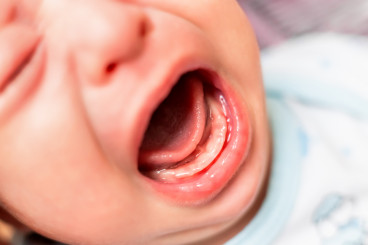Adhesion
Adhesion in dentistry refers to the strong bond that is created between a dental material, such as a filling or sealant, and the natural tooth structure. This adhesive bond is essential for the successful and long-lasting restoration of damaged or decayed teeth.
Process of Adhesion
The process of adhesion in dentistry involves the use of specialized materials and techniques to create a durable and secure connection between the dental restoration and the tooth. This can be achieved through the application of adhesive agents, which are designed to chemically and mechanically bond to both the tooth and the restorative material.
Factors
One of the key factors in achieving a strong adhesive bond is the preparation of the tooth surface. Before the adhesive agent is applied, the tooth surface is typically etched or conditioned using an acidic solution. This process roughens the tooth enamel and dentin (the inner layer of the tooth), creating microscopic pores and grooves that the adhesive can penetrate and lock into. This mechanical interlocking, combined with the chemical bond between the adhesive and the tooth, is what creates the strong, lasting adhesion.
After the tooth surface has been prepared, the adhesive agent is applied. Adhesive agents are typically composed of a blend of resin monomers, solvents, and other active ingredients that work together to create a durable bond. The adhesive agents may be applied in multiple steps, such as a primer and a bonding agent, to ensure a complete and uniform coverage of the tooth surface.
Once the adhesive agent has been applied, the dental restoration, such as a filling or sealant, can be placed. The restorative material is then cured, or hardened, using a specialized curing light or chemical reaction. This process helps to further strengthen the adhesive bond and ensure a secure, long-lasting restoration.
Quality of Adhesion Bond
The quality of the adhesive bond is crucial for the longevity and success of a dental restoration. A strong adhesive bond can help to prevent the restoration from becoming dislodged or failing over time, as well as reduce the risk of leakage or microorganisms entering the tooth structure. Additionally, a strong adhesive bond can help to reduce the risk of sensitivity or pain associated with the restoration, as it helps to seal and protect the underlying tooth structure.
It's important to note that the specific adhesive techniques and materials used in dentistry can vary depending on the type of restoration being placed, the location of the tooth, and the individual patient's oral health and dental history. Your dentist will be able to provide you with more detailed information about the adhesive process and how it applies to your specific dental treatment.
Conclusion
In summary, adhesion in dentistry refers to the strong bond that is created between a dental restoration and the natural tooth structure. This adhesive bond is essential for the successful and long-lasting restoration of damaged or decayed teeth, and is achieved through the use of specialized adhesive agents and techniques. Maintaining a strong adhesive bond is crucial for the longevity and success of a dental restoration.
Explore Dr. BestPrice's dental auction platform for affordable, high-quality dental treatments tailored to your needs.



